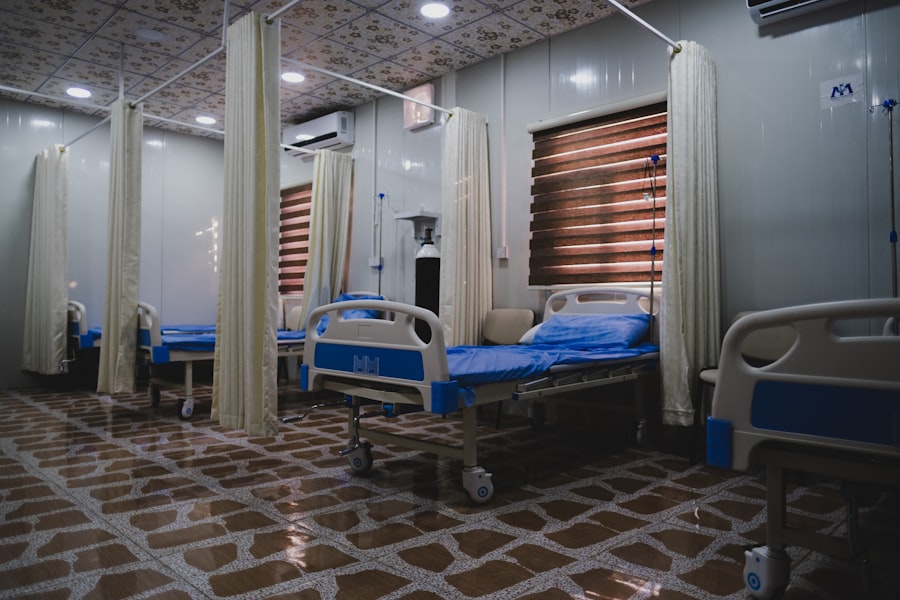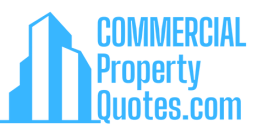When it comes to safeguarding your commercial property, understanding insurance rates is as crucial as knowing the difference between a hammer and a nail. Commercial building insurance rates can feel like a labyrinth of numbers, terms, and conditions that might leave you scratching your head. But fear not! This guide is here to illuminate the path, helping you navigate the often murky waters of commercial insurance. Whether you own a bustling retail space, a cozy office, or a sprawling warehouse, knowing how rates are determined can save you a pretty penny and ensure you have the right coverage. Commercial building insurance is not just a safety net; it’s a lifeline for your business. It protects your investment from unforeseen events like fire, theft, or natural disasters. However, the cost of this protection can vary significantly based on several factors. Understanding these factors will empower you to make informed decisions and shop wisely for the best coverage. So, buckle up as we dive into the nitty-gritty of commercial building insurance rates!
Key Takeaways
- Commercial building insurance rates are influenced by various factors and can be lowered through strategic measures.
- Factors affecting commercial building insurance rates include location, building maintenance, and insurance claims history.
- Types of coverage included in commercial building insurance may vary, but typically include property damage, liability, and business interruption coverage.
- Location plays a significant role in determining insurance rates, with factors such as crime rates and proximity to fire stations impacting premiums.
- Working with an insurance broker can help navigate the complexities of commercial building insurance rates and find the best coverage options for your specific needs.
Factors Affecting Commercial Building Insurance Rates
Several factors come into play when determining commercial building insurance rates, and they can be as diverse as the businesses they protect. One of the most significant factors is the type of business you operate. For instance, a high-risk industry like manufacturing may face higher premiums compared to a low-risk sector like consulting.
Insurers assess the likelihood of claims based on the nature of your business, so it’s essential to be aware of how your industry impacts your rates. Another critical factor is the age and condition of your building. Older structures may have outdated electrical systems or plumbing that could pose risks, leading to higher premiums.
Conversely, a well-maintained, modern building with updated safety features can often enjoy lower rates. Insurers also consider the location of your property—more on that later!—as areas prone to natural disasters or high crime rates can lead to increased costs.
Types of Coverage Included in Commercial Building Insurance

When you purchase commercial building insurance, you’re not just buying a policy; you’re investing in peace of mind. But what exactly does that policy cover? Typically, commercial building insurance includes several types of coverage designed to protect your property from various risks.
The most common coverage types include property damage, liability coverage, and business interruption insurance. Property damage coverage protects your building and its contents from risks like fire, vandalism, or severe weather. Liability coverage is equally important; it shields you from claims arising from injuries or damages that occur on your property.
Business interruption insurance kicks in when unforeseen events disrupt your operations, helping cover lost income during downtime. Understanding these coverage types is essential for ensuring that you have the right protection tailored to your specific needs.
Understanding the Role of Location in Insurance Rates
| Location | Impact on Insurance Rates |
|---|---|
| Urban Area | Higher rates due to higher population density and increased risk of accidents and theft |
| Rural Area | Lower rates due to lower population density and decreased risk of accidents and theft |
| Crime Rate | Higher crime rate in an area can lead to higher insurance rates |
| Natural Disasters | Areas prone to natural disasters may have higher insurance rates |
Ah, location! It’s not just about real estate; it’s also a key player in determining your commercial building insurance rates. The geographical area where your property is located can significantly impact your premiums.
For example, if your building is situated in a flood-prone zone or an area with a high incidence of natural disasters, expect to pay more for coverage. Insurers assess these risks based on historical data and regional trends. Moreover, urban areas may have different rates compared to rural locations.
While urban properties might face higher crime rates, they also benefit from quicker emergency response times. On the flip side, rural properties may have lower crime rates but could be at risk for natural disasters like tornadoes or wildfires. Understanding how location affects your insurance rates can help you make informed decisions about where to invest in commercial real estate.
Ways to Lower Commercial Building Insurance Rates
Who doesn’t love saving money? Lowering your commercial building insurance rates is not only possible but also practical with a few strategic moves.
A higher deductible means you’ll pay more out-of-pocket in the event of a claim, but it can significantly lower your premium costs. Just make sure you have enough savings set aside to cover that deductible if needed. Another effective way to reduce rates is by bundling your insurance policies.
Additionally, implementing safety measures such as installing security systems or fire alarms can also lead to lower premiums. Insurers love seeing proactive steps taken to mitigate risks, so don’t hesitate to flaunt those safety features!
Importance of Building Maintenance for Insurance Rates

The Benefits of Preventative Maintenance
A well-maintained property is less likely to experience issues that could lead to costly claims. Regular inspections of your roof, plumbing, and electrical systems can help identify potential problems before they escalate into major disasters.
Insurance Premiums and Maintenance
Insurers often reward property owners who demonstrate diligence in maintenance with lower premiums. This is because a well-maintained property is considered a lower risk.
Take Action Today
So, roll up those sleeves and get to work! By prioritizing regular maintenance, you can avoid costly repairs and reduce your insurance premiums. Your wallet will thank you later.
The Role of Insurance Claims History in Determining Rates
Your past can haunt you—especially when it comes to insurance claims history! Insurers take a close look at your claims history when determining your commercial building insurance rates. If you’ve had multiple claims in recent years, it may signal to insurers that you’re a higher risk, leading to increased premiums.
However, don’t despair if you have a few claims under your belt! Not all claims are created equal; minor claims may not impact your rates as significantly as major ones. Additionally, some insurers offer programs that allow for forgiveness on certain claims after a specific period without any new claims.
It’s essential to maintain open communication with your insurer and understand how your claims history affects your rates.
Working with an Insurance Broker to Navigate Commercial Building Insurance Rates
Navigating the world of commercial building insurance can feel like trying to find a needle in a haystack—frustrating and time-consuming! That’s where an insurance broker comes into play. Working with an experienced broker can simplify the process and help you find the best coverage at competitive rates.
Brokers have access to multiple top-rated carriers and can shop around on your behalf, ensuring you get the best deal tailored to your specific needs. They can also provide valuable insights into the nuances of different policies and help you understand what coverage is essential for your business type. So why go it alone?
Partnering with an insurance broker can save you time, money, and headaches down the road. In conclusion, understanding commercial building insurance rates is vital for any business owner looking to protect their investment. By considering factors such as location, maintenance practices, and claims history—and by working with an experienced broker—you can navigate this complex landscape with confidence.
So why wait? Head over to https://commercialpropertyquotes.com/ today for a quote tailored just for you! Your future self will thank you for taking this important step toward securing your business’s financial well-being!
If you are interested in learning more about commercial building insurance rates, you may want to check out the article on commercialpropertyquotes.com. This article provides valuable information on factors that can impact insurance rates for commercial properties, such as location, building size, and occupancy. Understanding these factors can help property owners make informed decisions when purchasing insurance coverage for their buildings.
FAQs
What factors affect commercial building insurance rates?
Factors that can affect commercial building insurance rates include the location of the building, the age and condition of the building, the type of construction, the building’s occupancy, the presence of safety and security features, and the coverage limits and deductibles chosen.
How are commercial building insurance rates calculated?
Commercial building insurance rates are calculated based on a variety of factors, including the building’s replacement cost, its location, the level of risk associated with the building, the building’s occupancy, and the coverage limits and deductibles chosen by the policyholder.
What are some ways to lower commercial building insurance rates?
Some ways to lower commercial building insurance rates include implementing safety and security measures, such as installing fire alarms and sprinkler systems, maintaining the building in good condition, choosing higher deductibles, and comparing quotes from multiple insurance providers.
What types of coverage are typically included in commercial building insurance?
Commercial building insurance typically includes coverage for property damage, liability protection, business interruption coverage, and coverage for additional expenses incurred as a result of a covered loss.
Are there any specific requirements for obtaining commercial building insurance?
Insurance requirements for commercial buildings can vary depending on the location, type of building, and the lender’s requirements if the building is mortgaged. It’s important to consult with an insurance agent to understand the specific requirements for obtaining commercial building insurance.



